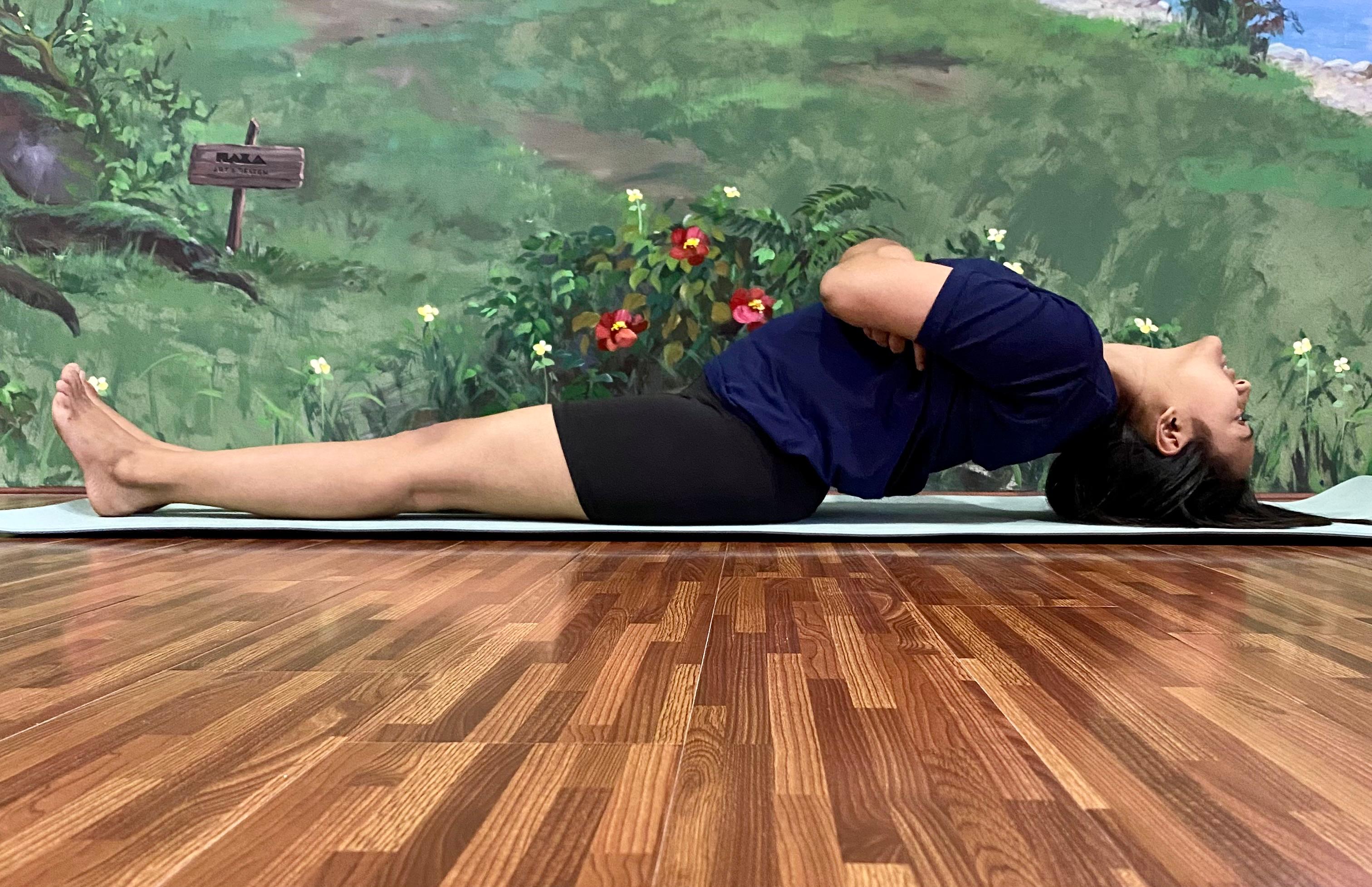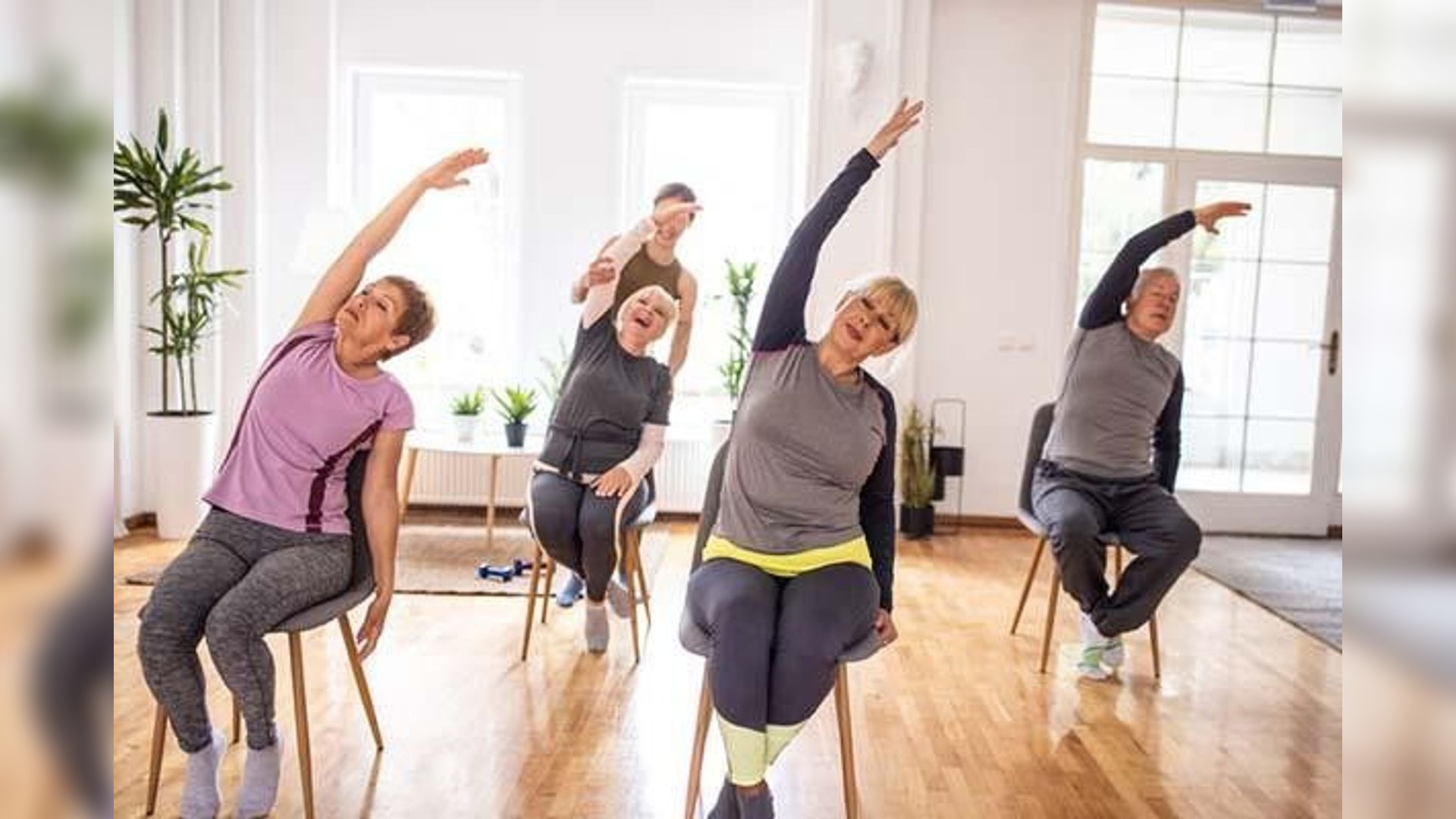Pranayama, the fourth limb of Ashtanga Yoga, translates to the expansion of the dimension of breath (Prana– breath, Ayama– expansion). It serves as a preparatory and purifying step, refining both the body and prana before advancing towards Pratyahara and ultimately Samyama.
There are various pranayama techniques—some enhance physical well-being by preventing and curing diseases, while others purify the nadis (energy channels) and lead to mental stillness. Deepen your knowledge of these powerful practices at the Yoga Teacher Training Programs in Nepal.
The Unique Power of Pranayama
Pranayama is distinct from ordinary breathing techniques because it can still the Chitta (mind-stuff). When breath is consciously controlled, restlessness dissolves. However, the journey begins with practicing Yamas (ethical discipline), Niyamas (self-discipline), and Asanas (physical postures) before stepping into the realm of breath mastery.
A true pranayama practitioner embraces:
- A Sattvic (pure) diet
- A disciplined lifestyle
- A simple way of living
- A commitment to self-awareness
Once the foundation is strong, real pranayama begins by mastering the three essential components:
- Inhalation (Puraka)
- Exhalation (Rechaka)
- Retention (Kumbhaka)
These are enhanced by the three Bandhas (locks):
- Mula Bandha (Root Lock)
- Uddiyana Bandha (Abdominal Lock)
- Jalandhar Bandha (Throat Lock)
The Eight Traditional Pranayamas
“Suryabhedanamujjayi sithkari shithali tatha
Bhastrika bhramari murccha plaviniti ashtakumbhakah”
– Hatha Yoga Pradipika II:44
Hatha Yoga Pradipika describes eight classical pranayamas known as Astha Kumbhakas. Here’s a glimpse into their practice and benefits:
1. Suryabhedi Pranayama (Right Nostril Breathing)
- Effects: Stimulates the Pingala Nadi (sun channel), boosting vitality and digestion, building immunity, and regulating body temperature.
- How to Practice: Close the left nostril, inhale deeply through the right, and exhale through the left. Repeat.
- Caution: Avoid if you have high BP, heart problems, anxiety, or recent surgery.
2. Ujjayi Pranayama (Victorious Breath)
- Effects: Can be both heating and calming. Helps with insomnia, relaxes the nervous system, and enhances focus.
- How to Practice: Constrict the throat slightly to create a gentle snoring sound as you inhale and exhale.
- Caution: Can be practiced in any position with no strict contraindications.
3. Sheetkari Pranayama (Hissing Breath)
- Effects: Cools the body, calms the mind, and balances emotions. Perfect for hot climates.
- How to Practice: Clench your teeth together, smile slightly, press your tongue to the upper palate, and inhale through the mouth. Exhale slowly through the nose.
- Caution: Avoid in cold weather, if you have low BP, chronic constipation, or sensitive teeth.
4. Sheetali Pranayama (Cooling Breath)
- Effects: Similar to Sheetkari, it helps regulate thirst and hunger, making it ideal for summer.
- How to Practice: Roll your tongue into a tube, inhale through it, close your mouth, hold briefly, and exhale through the nose.
- Caution: Same as Sheetkari.
5. Bhastrika Pranayama (Bellows Breath)
- Effects: Detoxifies, strengthens digestion, and energizes the body. Used in labor for easier childbirth.
- How to Practice: Inhale and exhale forcefully with control, gradually increasing speed.
- Caution: Avoid if you have low BP, heart issues, ulcers, or during menstruation.
6. Bhramari Pranayama (Humming Bee Breath)
- Effects: Reduces stress, anxiety, and induces restful sleep. Also improves voice quality.
- How to Practice: Plug your ears with your fingers, inhale through the nose, and exhale while making a deep humming sound.
- Caution: No major contraindications.
7. Murcha Pranayama (Swooning Breath)
- Effects: Elevates consciousness, enhances mental focus, and lowers BP.
- How to Practice: Inhale deeply, hold the breath inside (antar kumbhaka), apply chin lock (Jalandhar Bandha), and retain until you feel light-headed.
- Caution: Only practice under a Guru’s guidance as incorrect practice may be dangerous.
8. Plavini Pranayama (Floating Breath)
- Effects: Creates a sense of buoyancy, deepens meditation, and stabilizes the mind.
- How to Practice: Inhale deeply through the nostrils or through a small ‘O’ shaped mouth (Kaki Mudra), swallow the air, and hold it inside.
- Caution: An advanced practice; only attempt under expert guidance.
Integrating Pranayama into Your Yoga Journey
Including these powerful techniques in your daily yoga practice will lead to holistic well-being and spiritual expansion. Since breath is the bridge between the body and mind, mastering it can lead to profound transformations.
For a safe and deep understanding of these techniques, consider joining a Yoga Teacher Training Program in Nepal, where you can immerse yourself in an authentic and guided learning experience.
Recent Blog Posts
Vegetarian Sources of Good Fats
Dec 03, 2025

When Is the Best Time to Practice Yoga?
Oct 28, 2025

.jpeg)